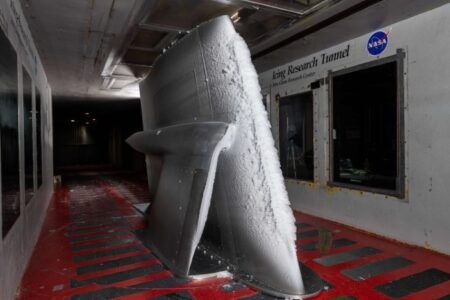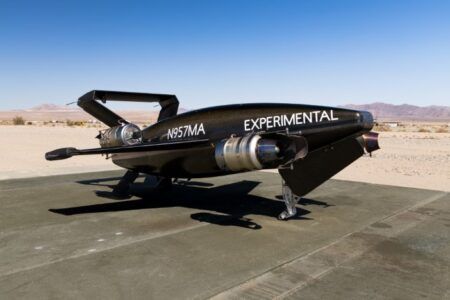https://www.youtube.com/watch?v=9G_h_fDyYAk
HAPSMobile has reached new heights during the flight testing of its high altitude persistent drone and demonstrated a its capability to act as a communications platform.
HAPSMobile is a joint venture between aircraft development company AeroVironment and Japan’s SoftBank, which is developing an unmanned solar-powered High Altitude Platform Station (HAPS).
Last month the company achieved an altitude of 62,500ft (19km) during the fifth test flight of its Sunglider HAPS, which is designed to facilitate stratospheric telecommunications systems.
The Sunglider has a wingspan of 78m (256ft) and a cruise speed of 110 km/h (68mph). It is designed to stay mobile for several months and is powered by a Lithium-ion battery.
HAPSMoblie described the successful stratospheric test flight as a major step forward in building its business in the stratosphere.
In addition to reaching the stratospheric flight milestone, an internet connectivity test using a communications payload jointly developed with Loon, the balloon high altitude drone development company backed by Google, was successfully performed during the test flight. Using smartphones connected to the internet through the payload in the stratosphere, members from Loon and AeroVironment successfully made a video call to HAPSMobile members based in Japan.
The test flight took place on September 21, 2020 at Spaceport America, New Mexico. Sunglider successfully reached the stratosphere in the short span of around three years since its development began.
The flight, which lasted for 20 hours and 16 minutes, spent 5 hours and 38 minutes in the stratosphere. Sunglider also completed its flight on a pre-flight battery charge and solar energy during the flight under extremely demanding conditions where wind speeds were greater than 58 knots (30 meters per second) and temperatures fell as low as -73˚C (-99.4˚F).
Junichi Miyakawa, Representative Director & CTO of SoftBank Corp., and also President & CEO of HAPSMobile, said, “Watching this test flight, I was reminded of ‘Castle in the Sky,’ the anime directed by Hayao Miyazaki and how the airship in the story filled me with aspiration.
“We once again moved one step closer to our goal of building a base station that floats in the sky solely on solar energy. Even though the temperature fell below 73˚C , our work on endurance tests bore fruit and resulted in a successful test flight.
“On the day of the test, Sunglider faced aerial currents of roughly 30 meters per second, so I was relieved when it hit the runway after clearing all test items. In this test flight, we also successfully conducted communications with smartphones on the ground and obtained data for fully automated piloting. While there is still much room for improvement, we will continue to work toward realizing our dream.”




